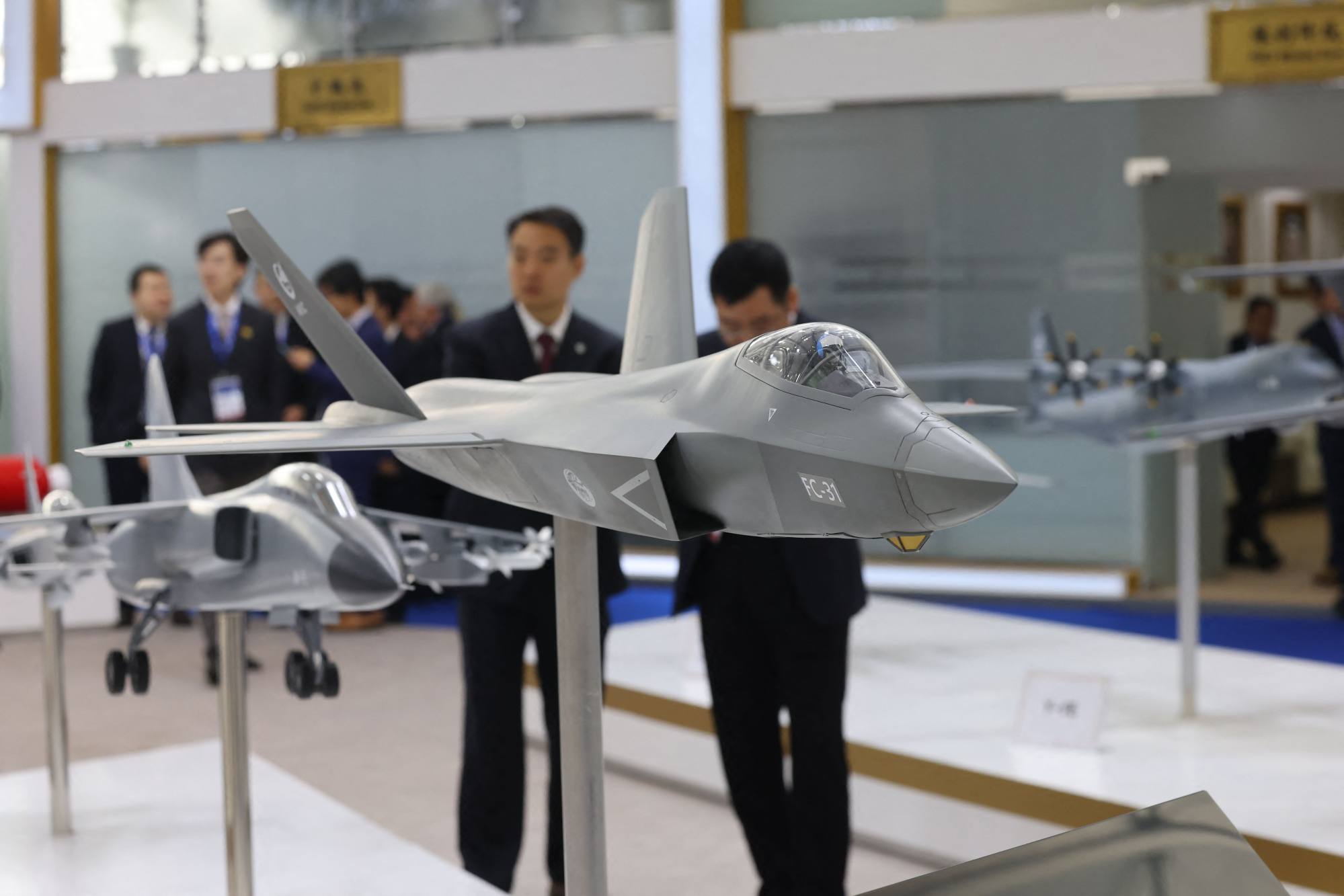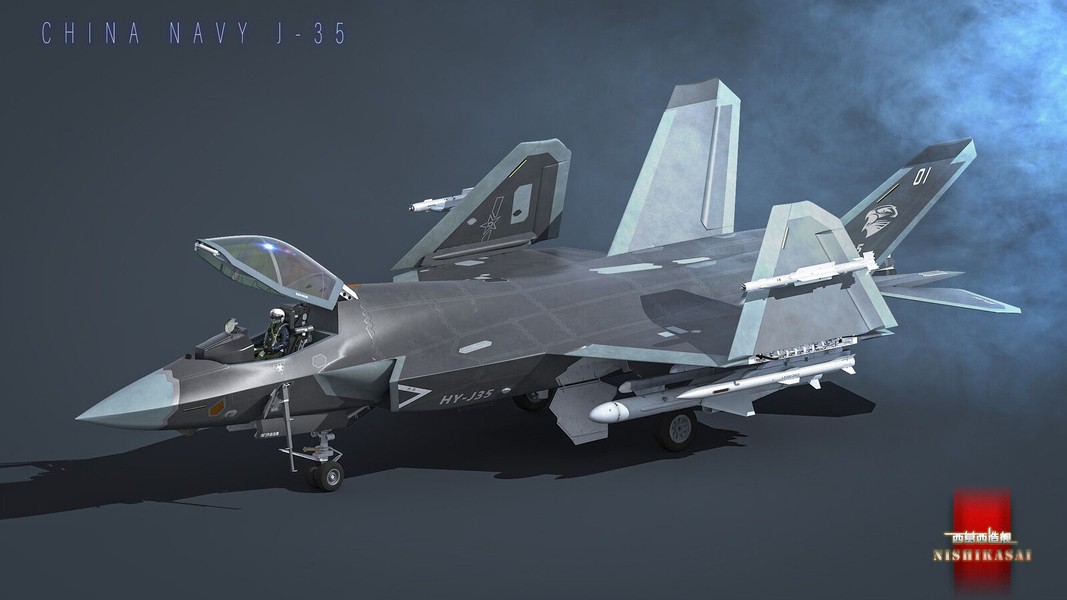In the intense and unpredictable skies of the Cold War, one aircraft stood out as a symbol of innovation and superiority: the Saab J35 Draken. With its distinctive double-delta wing design and groundbreaking performance, the J35 became a legend in the aviation world, leaving an indelible mark on the history of aerial combat.
The Birth of a Swedish Icon
The J35 Draken, which translates to “Dragon,” was born out of Sweden’s need for a high-performance fighter jet that could defend its airspace against the looming Soviet threat. Developed by Saab in the 1950s, the Draken was the first fully supersonic aircraft to be deployed in Europe, capable of reaching speeds of Mach 2, and designed to intercept and destroy enemy bombers with unmatched precision.

Revolutionary Design and Capabilities
What set the J35 apart from its contemporaries was its unique double-delta wing configuration, a design that allowed for exceptional maneuverability at both high and low speeds. This innovation made the Draken not only a formidable adversary in dogfights but also a versatile platform for various missions, including ground attack and reconnaissance.
Equipped with advanced avionics for its time, the Draken was able to track multiple targets simultaneously, giving it a significant edge in the chaotic environment of aerial warfare. Its armament included a combination of air-to-air missiles, rockets, and cannon firepower, making it a deadly opponent in the skies.
Cold War Defender
During the height of the Cold War, the J35 played a crucial role in Sweden’s neutral defense strategy. Its presence served as a powerful deterrent, ensuring that Swedish airspace remained inviolable despite the escalating tensions between NATO and the Warsaw Pact. The Draken’s performance was so impressive that it attracted interest from other nations, leading to its adoption by Finland, Denmark, and Austria, further cementing its reputation as a world-class fighter.
Legacy of the J35 Draken
The J35 remained in service for over three decades, continuously upgraded to meet evolving threats. Even after its retirement from active duty, the Draken’s legacy lives on, with many aviation enthusiasts and historians regarding it as one of the most significant fighter jets of the 20th century.
Today, the Draken is celebrated not just as a Swedish engineering marvel but as a symbol of resilience and ingenuity during one of the most precarious periods in modern history. Its sleek, dragon-like silhouette is a reminder of an era when the balance of power often rested in the hands of those who ruled the skies.

Conclusion
The Saab J35 Draken wasn’t just an aircraft; it was a game-changer in Cold War aviation. Its innovative design, remarkable capabilities, and enduring legacy have ensured its place in the annals of military aviation history. As we look back on the Cold War era, the Draken stands as a testament to the ingenuity and determination of those who sought to defend their nations from the ever-present threat of conflict.





